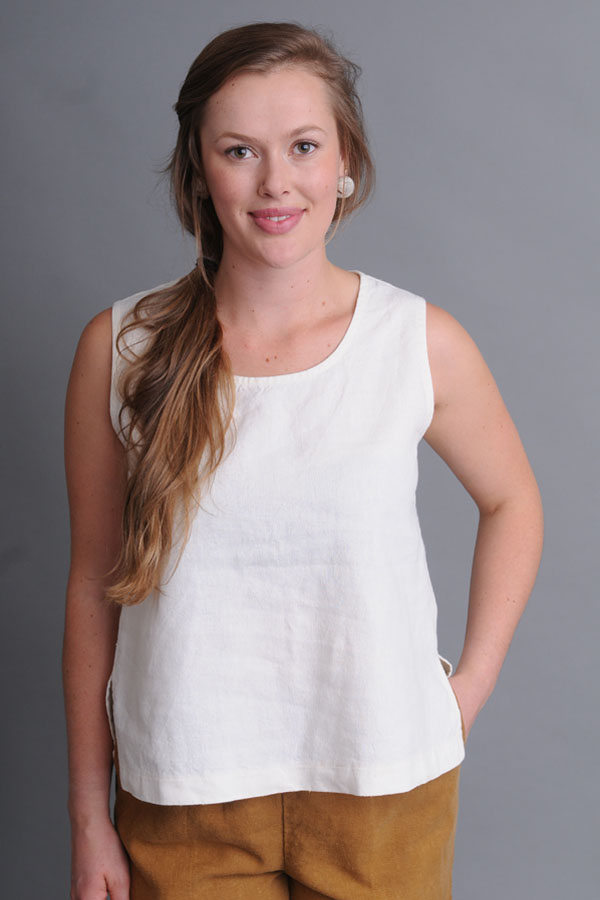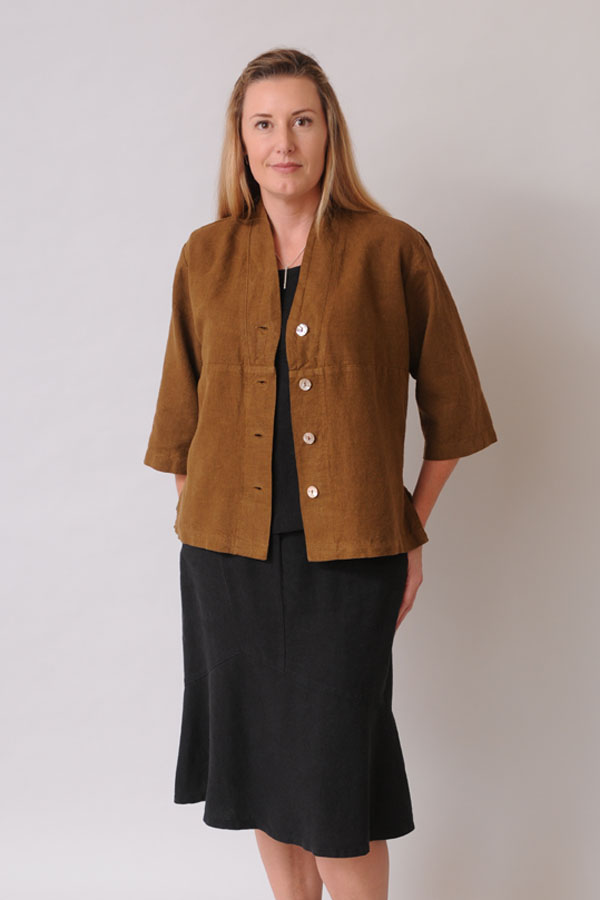Is sustainable fashion too expensive?
Posted by Rose on 18th Jun 2020
For the ethical clothing shopper, the real cost of fast fashion is part of the calculation.
A comment I sometimes hear is, “Nice clothes, but they're too expensive for my budget.” I completely get that. Many of us, especially now, are concerned about our finances as well as the economy at large. It’s not that we’re in favor of fast fashion so much as that sustainable clothes cost more. But if we factor in the other costs fast fashion exacts, environmental, ethical, and economic, we begin to see that maybe sustainable clothing isn’t so costly after all. It’s all about the kinds of costs we’re willing to include in calculating the bottom line.
Our Tank Top in Natural contains no dye and is exploitation-free.
Buy fewer, better clothes
In 2016, the average American spent $1803 on apparel, the majority of it fast fashion. Nearly all that clothing is now produced in the developing world where environmental concerns take a back seat to production. Frequently, labor laws, if they exist at all, are laxly enforced while working conditions are often horrendous.
But most Sympatico fans already know about these problems. What can be a little less obvious is a different way of calculating the cost of fast fashion as well as figuring out the actual cost of opting for earth-friendly clothing alternatives. We blogged a few years ago about the cost-per-wearing calculation, and that’s still a great place to start in assessing how much your ethical clothing choices truly cost over the long run. You may find, as I did, that cheaper clothing wears out faster and is more expensive than it would appear from the price tag.
It’s important to understand the factors that contribute to the higher acquisition cost of sustainable clothes.
A perennial favorite, the Tuxedo Top in Toffee is made of sustainably grown hemp and Tencel, as is the skirt, a Flip 24" in Black.
Sustainable fabrics and fibers are more expensive
There are inherently higher costs involved in producing sustainable fabrics and fibers. Planting, cultivation, and harvesting of natural fibers require greater labor inputs that can be significant. The chemical fertilizers and pesticides used in conventional cultivation of fiber crops gives agribusiness a big leg up in terms of labor costs. What’s not factored in, of course, is the cost those chemical compounds inflict on our soil, air, and water. And that goes double for synthetics derived from petrochemicals that are the source of micro plastic pollution and many more environmental ills.
Sustainable means paying a living wage
Another factor is the usually exploitive wages paid in the developing world. International brands and the in-country contractors who supply them keep retail prices low by squeezing maximum labor out of minimum wages. Forty-hour work weeks, sick pay, and decent working conditions are largely non-existent. In contrast, ethical clothing brands often avoid these issues by sourcing labor in their home countries where labor costs are far higher and stringent worker protections are usually enforced.
Sustainable fashions struggle with scale
Though sustainable clothing has far more acceptance and demand today, it is still a tiny fraction of the overall apparel market. Because sales volumes of ethical clothes are relatively very small, they cost more to make from a materials standpoint. High volumes drive down manufacturing costs and hence, retail prices. The far smaller quantities sustainable clothes makers produce don’t offer the same economies of scale that fast-fashion manufacturers exploit. I pay far more for a cone of industrial sewing thread than any transnational corporation does. And that’s true of virtually every component that goes into the Sympatico collection.
So the next time you weigh the cost of a potential clothing purchase, try to calculate its real cost. I know that’s not easily done, but factoring in the things you truly care about is bound to alter your bottom-line calculation. More ideas about how and why to avoid fast fashion here.
Share:







